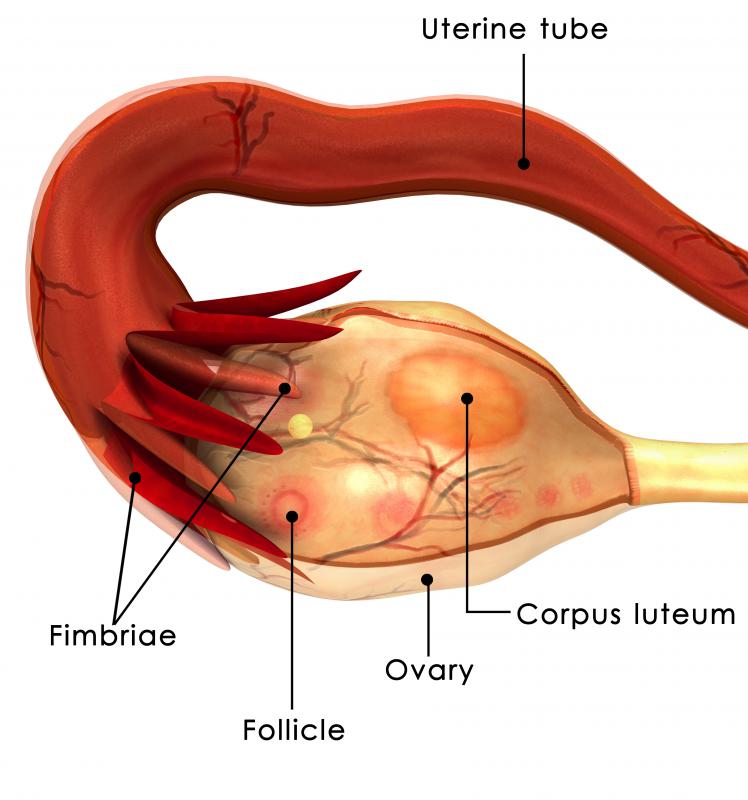At WiseGEEK, we're committed to delivering accurate, trustworthy information. Our expert-authored content is rigorously fact-checked and sourced from credible authorities. Discover how we uphold the highest standards in providing you with reliable knowledge.
What is a Simple Cuboidal Epithelium?
The simple cuboidal epithelium are cube shaped cells which line various surfaces and cavities throughout the body, including the eyes and thyroid gland. These cells perform actions such as secretion and absorption and also provide protection for different points on the body. This part of the epithelium is composed of a single layer of cube-like cells attached to a basement membrane and is plain in its appearance, compared to the stratified epithelium tissues. Other than lining the eyes and thyroid, the simple cuboidal epithelium also surrounds the renal tubes and ovaries, providing protection and secretion functions.
When looking at a simple cuboidal epithelium tissue underneath an electron microscope, it is fairly easy to see that there is only one layer of cube liked cells attached to its basement membrane. The basement membrane is a thin sheet of fibers which occupies the underneath space of epithelium cells and acts as an anchor. This cell is very simple and plain in its appearance, hence the name, and is easily recognizable under the microscope. The cubed structure of the cells in the epithelium tissue is somewhat related to its function as it provides a passageway to aid in secreting and absorbing substances.

The two major functions of this epithelium tissue are secretion and absorption, and the tissue lies in many parts of the body in which it is crucial for these actions. The eyes secrete water through tear ducts, for example, and the salivary glands perform this same process as the result of the function of the cuboidal epithelium. The pancreas secretes insulin to help bring down blood sugar through the exocrine gland by the process of the simple cuboidal epithelium, and the kidney contains the absorbing lining which helps in the passage of nutrients and other compounds. The ovaries in women also contain the simple cuboidal epithelium tissue, as they are constantly secreting hormones such as estrogen and progesterone to aid in secondary sexual characteristics and the natural cyclic changes in females.

Each cubed cell of the simple cuboidal tissue contains a spherical nucleus in the middle which dictates the role and function of the tissue as a whole. A good way to determine which type of simple epithelium tissue is being viewed under an electron microscope is to see if the cells contain a nucleus. Oftentimes when this material is given to students learning the different types of epithelium tissues, a question will be asked as to where the simple cuboidal epithelium is located. The best answers would be the kidney and ovaries, as these organs are constantly secreting and absorbing substances on a daily basis.
AS FEATURED ON:
AS FEATURED ON:
















Discuss this Article
Post your comments